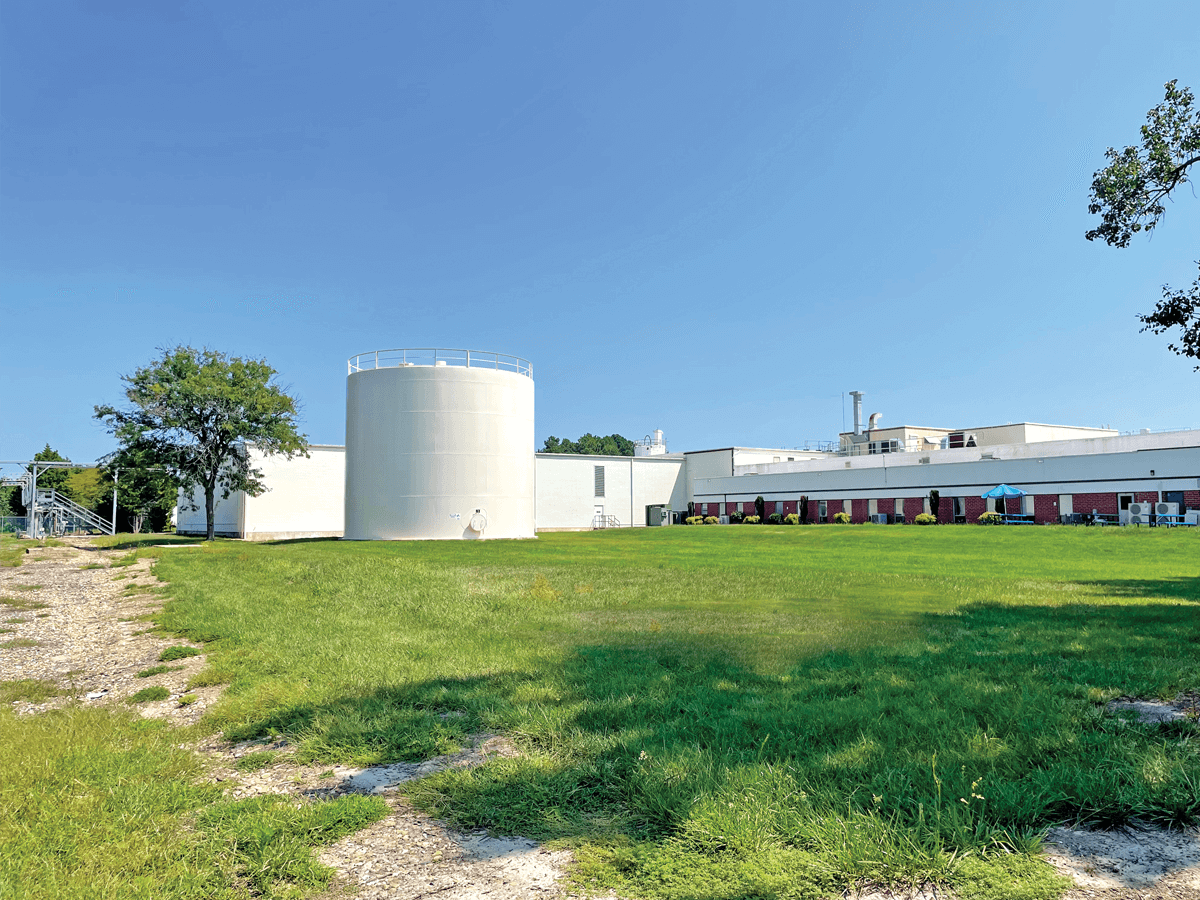Did you know that Lewes was at the center of solving one of the fundamental astronomy questions on the planet: the distance from the Earth to the Sun? That measurement would help make it possible for humans to calculate the scale of the entire solar system.
In 1677, Edmond Halley (of Halley’s Comet fame) figured out that the key to answering this question was knowing how long it takes Venus to pass in front of the Sun as viewed from Earth. Unfortunately, that doesn’t happen very often. In fact, it wouldn’t happen until 1769.
The reason Lewes was selected as the site for the observation is not recorded, but some possibilities are its location on the Delaware Bay (water transportation was faster and easier than roads in those days), the availability of a lighthouse (one of only six in North America at the time) and the fact that Lewes was one of the few inhabited areas that was remote yet still accessible.
In the end, worries about wind and blowing sand made the astronomers scrap the idea of setting up their telescopes and other delicate equipment in the lighthouse. Instead, they rented a house on what is now Savannah Road. The property had an unobstructed view of the sky to the south, which was critical. They placed their equipment and set their clock to the exact time by observing the Sun during the day and bright stars at night. Previously, they had determined their exact geographic coordinates.
Although the weather was bad for the days leading up to the transit, that day — June 3, 1769 — the skies were clear, and the air was calm. The observation went perfectly. Lewes took its place in history by helping to determine the size of the solar system and reveal the scope of interstellar space.















